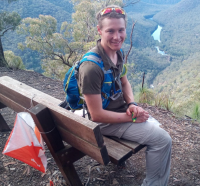
21 New South Welsh wo/men took advantage of the open state borders to cross the border to South Australia to compete for the titles of Australian rogaining champions, and it is exciting to announce that three of the top six teams were our own. You can view the full results and map on the website.
It was unfortunate that about 50 Victorians couldn’t attend due to the Covid isolation in their state.
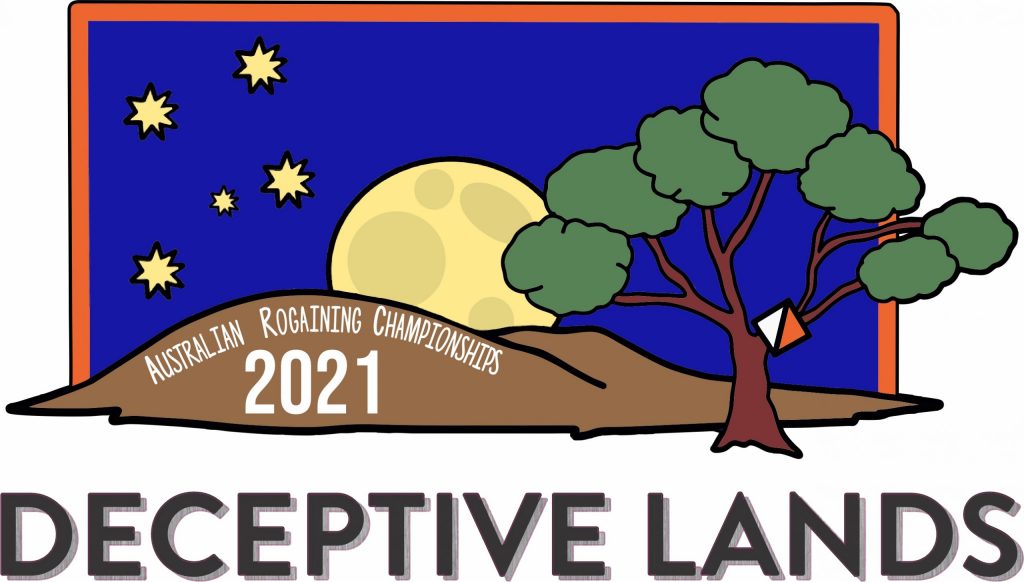
But as any rogainer knows, it’s “deceptive” to summarise the event experience with results alone. As such, I have asked some questions to some of our participants who tell us more about their adventures.
David Williams and Ronnie Taib have had two spectacular consecutive wins over legendary ACT team David Baldwin and Julie Quinn in the recent ACT 24-hr champs at Abercrombie NP and 12-hr Belanglo rogaines. However this time around David & Julie showed their ascendancy over the rest of the nation’s rogaining best, beating Paul Guard and Amanda Koopman (Qld) by over a 10% margin, with David & Ronnie slotting themselves in a (still impressive) third place, while also taking out the Open Men’s division.
David gives an overview of their route: “We decided on a clockwise route, starting east. This gave quite a few options at the end in the north with several easy escape routes back to the hash should our timing go horribly wrong. We planned big (100km) but ended up dropping controls in the NE after a slower than expected night section. The most upsetting moment was losing my map at 3am somewhere in the NW, which resulted in wasted valuable time, a fruitless search and minor tantrum. We did return to the hash though which cost us quite a bit of time in the end, and reaffirmed my belief that visits to the hash and ANCs should be planned with extreme caution.
Ronnie adds, “Most controls were at least 1km apart, and many of them 2km, which meant that adding things translated into long walks. Some hills were covered in roundish stones and it was a bit like walking on marbles. I twisted my ankles too many times on the marbles and ended with shin splints and had to wobble from 4am. I don’t think it slowed us down much, then again maybe I would have tried to convince Dave to attempt that extra 100 pointer otherwise.
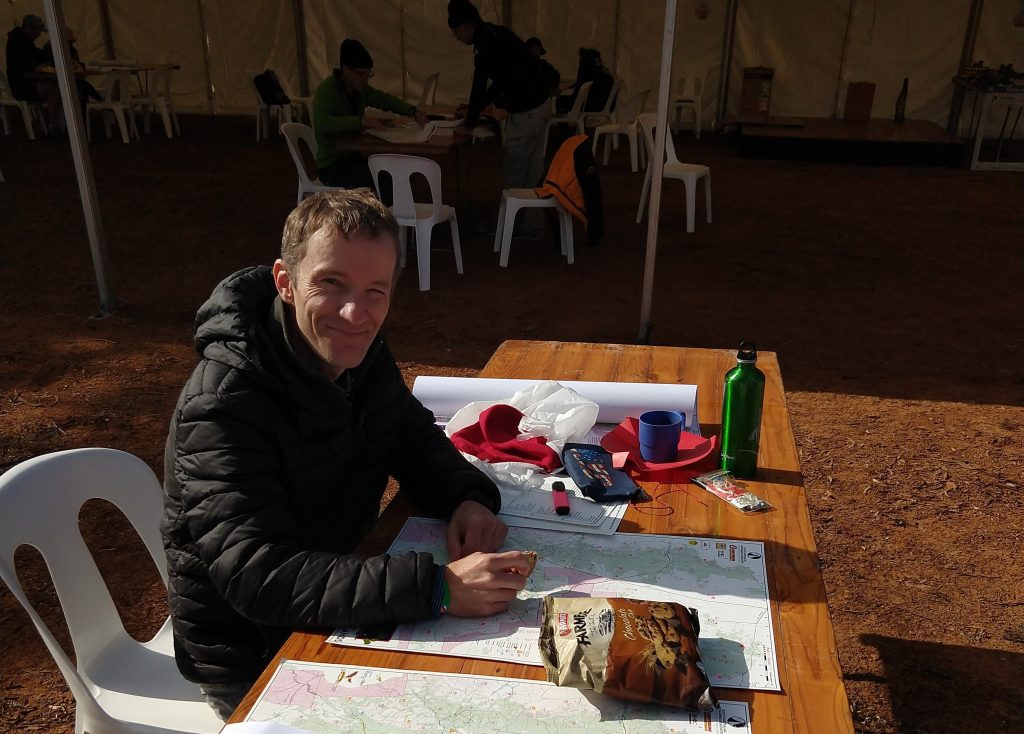
Ronnie continued, “I never expected to finish in the top three on such a runners’ course. I reckon we could have had a slightly better strategy, but that would be the case for all teams and it’s always easy to say it in hindsight after you’ve seen the terrain. Going back to the HH during the night lost us time, however I managed to soothe my feet and got revived by hot food, so it may have benefited us in other ways. The main lesson learned was that carrying extra layers can be a good investment, as the cold can certainly slow you down and impede judgement. How much did I miss full finger gloves!”
Ivan Koudashev teamed up with Aurelien Penneman to finish in 4th place, 100 points behind Dave & Ronnie though it was, as always, an event with its fair share of dramas – a navlight tag failed at a couple of controls and Aurelien’s torch magnet threw out his compass. Nonetheless Ivan recounts, “We were pretty happy with our route. The only thing which I didn’t like was long distances between lower scoring controls in the early hours of the morning… not sure if that could be avoided though. I also learned 1:40,000 scale is not that scary after all.”
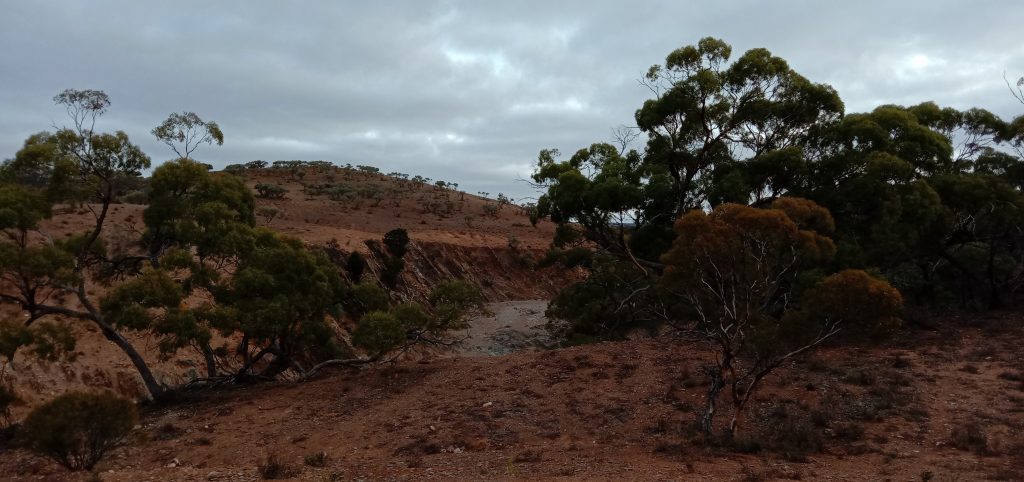
Former longtime President and committee member Gill Fowler teamed up with her trail-running friend Mike Keyte to place 6th overall and 3rd in the Mixed. Gill describes her experience: “Mick hasn’t ever rogained before, or even navigated with a map and compass. By daylight we moved well and Mick picked up the game quickly to find controls. The course suited us as it was fairly flat with lots of running and we covered ground quickly (at least by daylight). I think we can take a win for the number of kilometres covered, just not the number of points! I haven’t done many rogaines recently so my navigation wasn’t as sharp as I hoped, leading to several mistakes during the night and a few retreats to roads to find a known point to re-attack the control.
“I give us 5


John Anderson took out the Ultra Veterans with Julian Ledger. “We were pleased to see the HH roughly in the middle of the map allowing us to plan a return for a break without our route choice becoming too inefficient. Our route took in a circuit of the southern area of the map, starting in the hills (20, 95, 41, 96, 31, 66, 54, 100, 22, 75, 67, 58) with no navigational problems. We underestimated our rate but our route allowed us to add a few controls. On dark we descended to a wide flat area, aiming off to ensure we did not miss the first control at a creek junction. We arrived back at the HH (55, 38, 68, 80, 71, 56) a little after 11pm having only dithered over control 71 on a spur. We had to descend to a prominent right angle bend in the adjacent creek to relocate ourselves to a vague wide ‘gully’ on the spur and the elusive control.
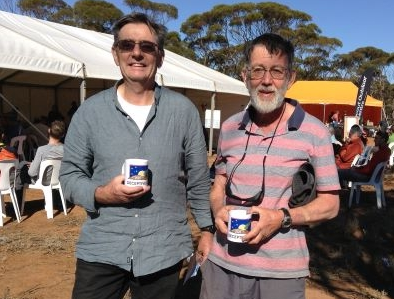
“Next morning we set off around 6am (35, 44, 76, 83, 47, 26, 23, 40) and, again, had set a course that allowed controls to be dropped (which we needed to do as our legs tired) and to ensure we arrived back on time at the HH. Generally we had no major navigation problems and found all the controls we planned to visit – a successful rogaine being no mistakes and finishing on time.” You can also enjoy Julian Ledger’s report of the event here.
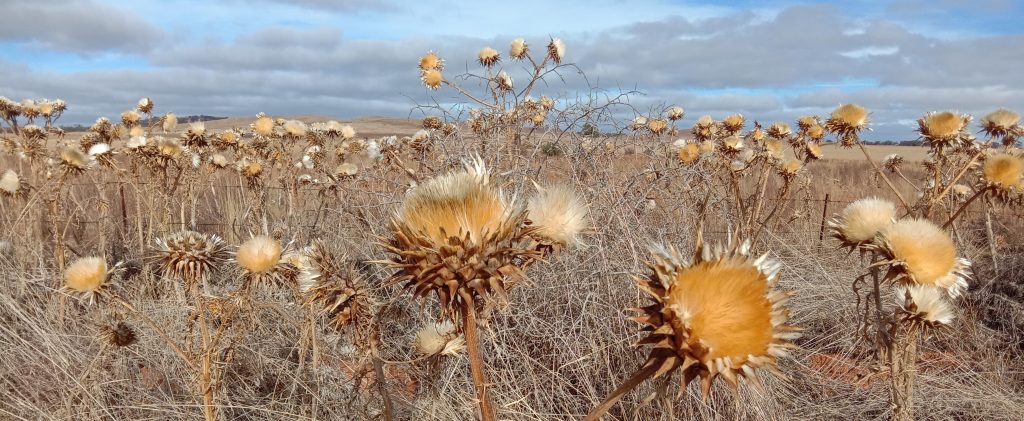
How is the SA terrain different to what we know and love (or hate?) in NSW, and what is the value of doing interstate rogaines?
Dave: It was the most open, flattest rogaine I’ve done. There wasn’t much you couldn’t run. I think the biggest hill we climbed was about 60m. Some features could be seen from kilometres away in the daytime so you just had to walk at them. This meant a lot of bearing work at night though since there were so few features in the flat lands.
Getting up close I am amazed by the diversity of country Australia has to offer. I love discovering new places, especially those you might never have thought of visiting, or couldn’t because they would otherwise be inaccessible. There’s also a great social atmosphere that comes from the convergence of so many people who are there to have fun and challenge themselves.
Ronnie: The Goyder country was extremely different to our NSW ranges – amazingly flat and arid, although it has very deep and sudden watercourse cuts. The mallee bush was lovely and open. We were struck by the stillness of the country both in day and at night. The red soil reminded me of the NT champs, minus the spinifex. A truly beautiful area.
Interstate champs means the “locals” try to show you the best of their country and set courses at the top of their game. You are sure to be challenged in strategy and execution, and be surprised by the landscapes. In addition, you get to rub shoulders with the best rogainers around, but also meet so many friendly and like-minded people. Age, gender, jobs, level of competitiveness – all of that do not count when you’re at the HH. Everyone shares the same passion for the land.
Gill: It was great to be in a new environment with open terrain. A rogaine interstate is always a great excuse for a holiday or long weekend. The moon-rise was superb, though the night-time temperature was somewhat icy, which kept us awake and moving.
John: The terrain was very different to NSW but typical of South Australia beyond the Goyder line – dry, flat between rocky ridges, mallee areas and minimal scrub, and in this area (as the organisers had promised) no spinifex, which allowed us to wear trail runners and orienteering gaiters. The creeks were generally dry and ranging from minor watercourses to more like rivers with at times five metre vertical banks requiring care at night and detours to cross.
The great thing about travelling interstate for rogaines is the different terrain and navigational challenges, and the opportunity to visit different areas before or after the rogaine to explore our amazing country.
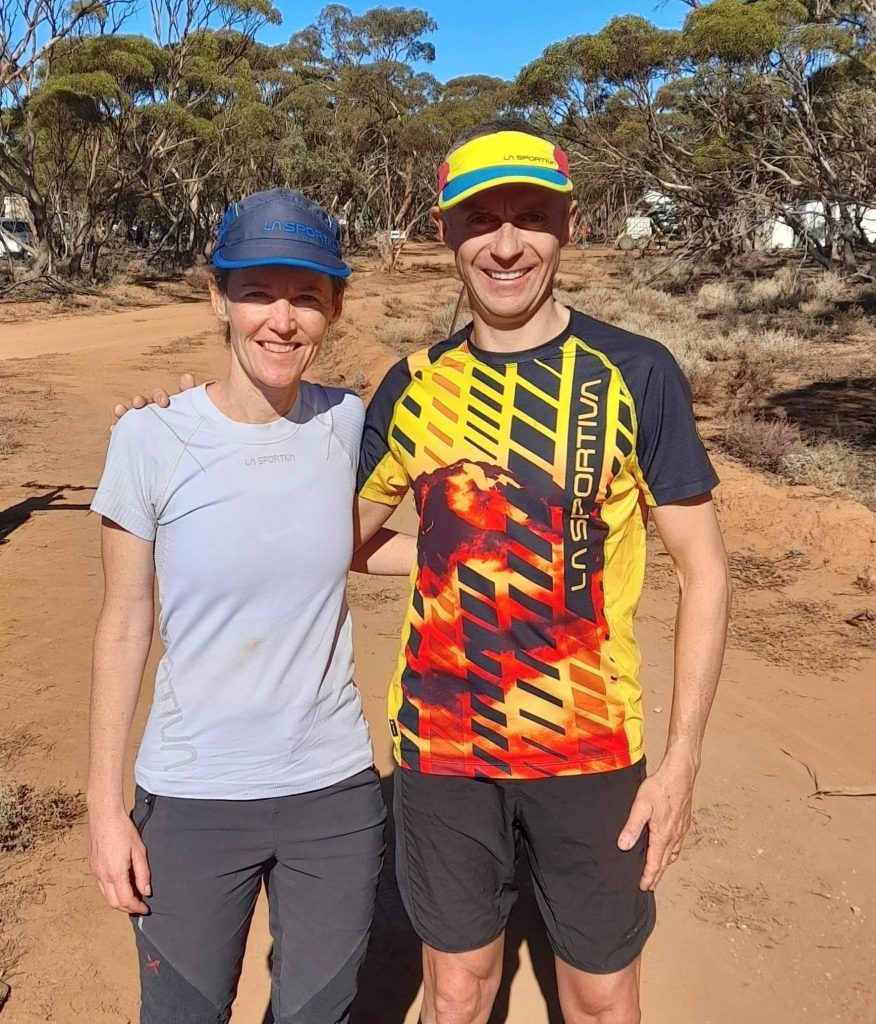
What is so great about your teammate and why you were lucky to have them join you?
Dave: Ronnie’s a great human calculator, timekeeper and strategist. He’s great at optimisation problems and readjusting on the fly. This nicely complements my woeful mental arithmetic and inability to keep time between controls. He’s also an excellent navigator (though he denies this) and keeps me honest when I get cocky and stop using my compass.
Ronnie: I reckon Dave is one of the very top navigators in the world, possibly the fastest human being on slippery creek boulders (which didn’t help here in SA) and he has an innate understanding of the terrain allowing him to prepare and execute the most efficient routes. Perhaps more importantly, I admire him for giving away some of his time to care for the land, for upholding the highest ethics in all he does, and for being so resilient and reliable.
Ivan: I learned that it is possible to follow a compass bearing for over a kilometre through a field at night with reasonable accuracy, something I would not have dared to do if not for Aurelien.
Gill: Mick was great at boosting my confidence – as he was amazed anyone could navigate to a specific point on a map and find a small flag at night.
Thanks Tristan and contributors, I enjoyed reading your article. Zara